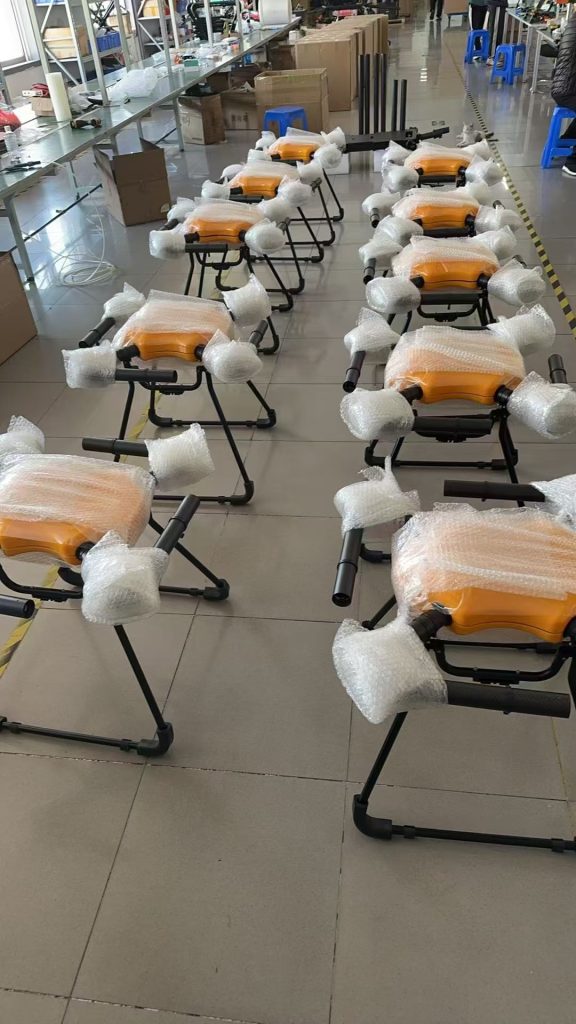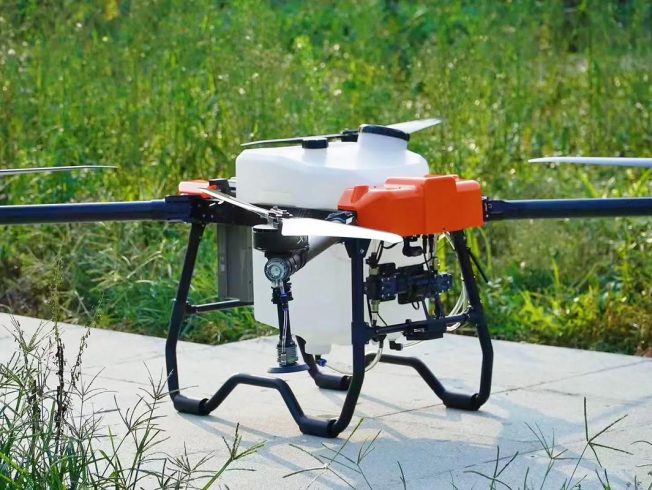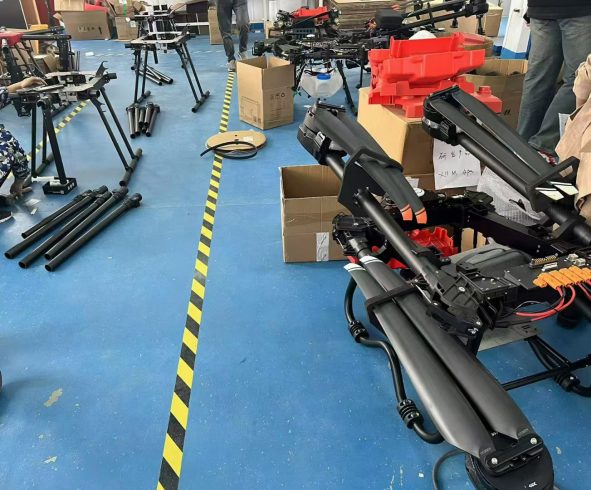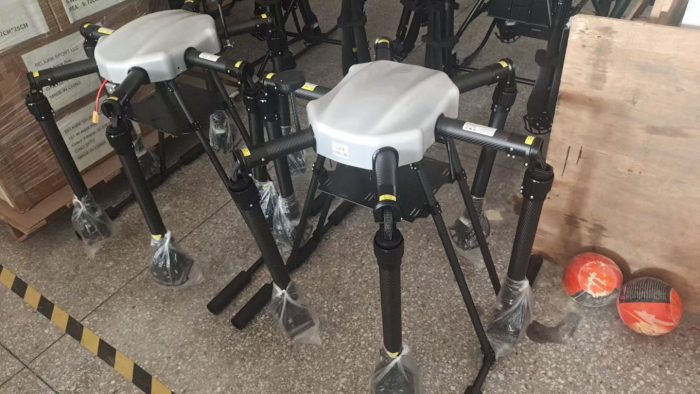
In the quest for higher yields and sustainable farming, a drone for pesticide spraying has become an indispensable tool for modern growers. By combining advanced aerial technology with precise chemical delivery systems, these drones help farmers target pests effectively while reducing chemical waste and environmental impact.
Benefits of Using a Drone for Pesticide Spraying
-
Precision Application
A drone for pesticide spraying uses GPS-guided flight paths and variable-rate nozzles to apply chemicals exactly where needed. This targeted approach minimizes overlap and prevents over-application in sensitive areas, ensuring healthier crops and lower input costs. -
Improved Worker Safety
Traditional manual spraying exposes workers to harmful chemicals and uneven terrain risks. With a pesticide spraying drone, operators can manage applications remotely, greatly reducing health hazards and physical strain. -
Time and Labor Savings
One drone can cover dozens of acres in a fraction of the time required by ground equipment. Automated flight planning and rapid refilling systems mean fewer breaks and more consistent coverage, freeing up labor for other critical farm tasks. -
Reduced Chemical Usage
Precise droplet control ensures that only the right amount of pesticide reaches plants. Farmers often report 30–50% savings in chemical use, translating to significant cost reductions and a smaller environmental footprint. -
Versatility in Diverse Terrains
Whether you manage rice paddies, orchards, vineyards, or hilly fields, a drone for pesticide spraying can navigate complex landscapes with ease. Its low-altitude flight and agile maneuverability allow for uniform coverage even on uneven ground.
Key Features to Look for in a Spraying Drone
-
GPS and RTK Accuracy: Enables centimeter-level positioning for repeatable spray routes.
-
Payload Capacity: Look for drone tanks ranging from 10 to 30 liters to match your field size.
-
Obstacle Avoidance: 360° sensors help prevent collisions with trees, power lines, and buildings.
-
Adjustable Nozzles: Variable flow rates and droplet sizes optimize coverage and penetration.
-
Rapid Charging & Swappable Batteries: Maximize operational time with quick battery changes.
Best Practices for Drone-Based Spraying
-
Conduct Pre-Flight Inspections: Check propellers, tank seals, and nozzle function to avoid mid-flight issues.
-
Calibrate Chemical Mixes: Ensure accurate dilution rates by testing spray volumes in a controlled area.
-
Plan Flight Paths Carefully: Use mapping software to define boundaries, no-spray zones, and altitude settings.
-
Monitor Weather Conditions: Avoid high winds, rain, or extreme temperatures that can affect spray drift and drone performance.
-
Follow Regulatory Guidelines: Adhere to local UAV and agrochemical regulations for safe, compliant operations.
By integrating a drone for pesticide spraying into your crop protection strategy, you benefit from improved accuracy, reduced costs, and enhanced safety. Embrace this precision farming technology to elevate your agricultural practices and safeguard both yields and the environment












暂无评论内容